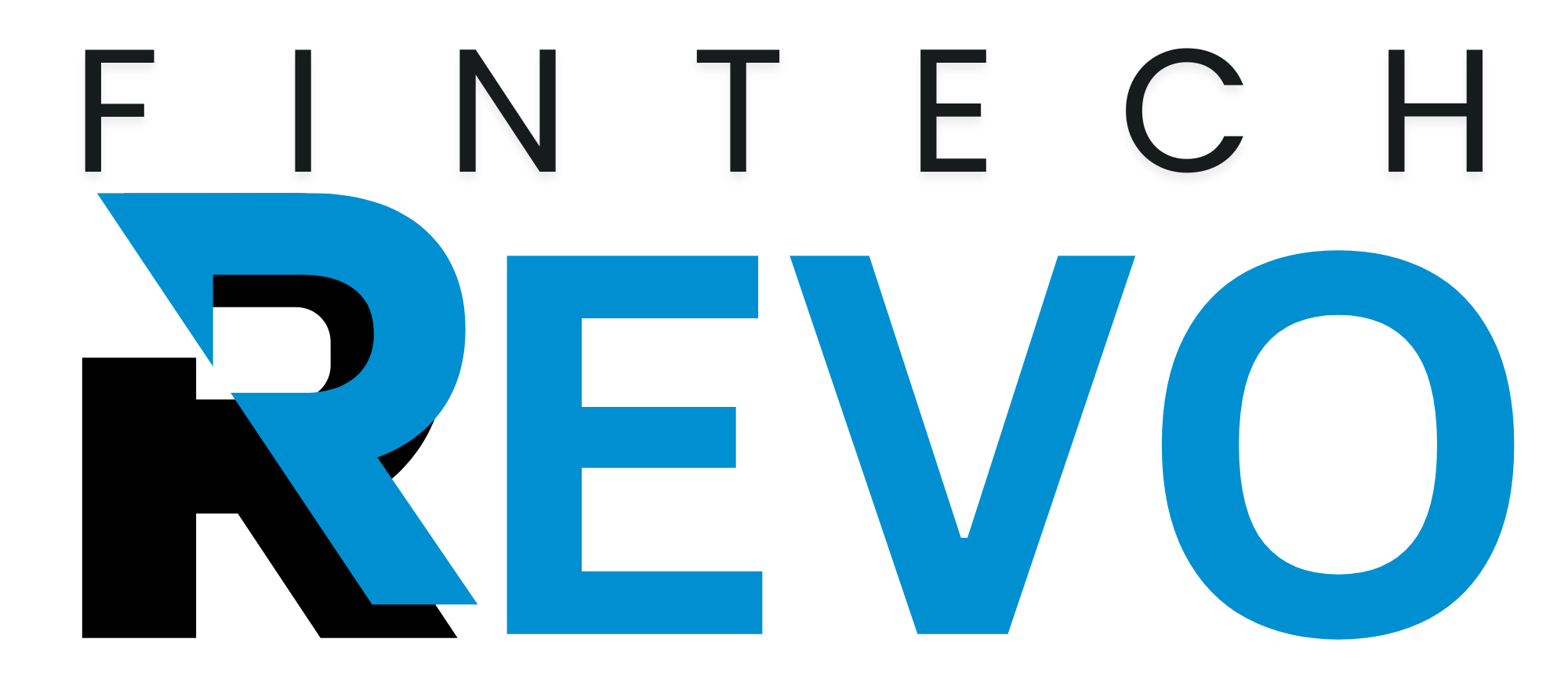Managing global supply chains has become a complex, technology-driven operation that demands precision, resilience, and adaptability. The best supply chain companies have mastered these qualities, ensuring products move efficiently from source to consumer while staying cost-effective and sustainable. Below, I’ve outlined ten leaders in this field that consistently set benchmarks for operational excellence, digital innovation, and reliability.
10 Best Global Supply Chain Leaders in 2026
| Rank | Company | Industry Focus | Distinguishing Strength |
| 1 | Schneider Electric | Energy management & automation | Smart factories and integrated digital supply networks |
| 2 | Johnson & Johnson | Healthcare & consumer goods | Complex, regulated global supply chain operations |
| 3 | Maersk | Shipping & logistics | Integrated end-to-end logistics and container shipping |
| 4 | DHL Supply Chain | Third-party logistics (3PL) | Large-scale warehousing and last-mile delivery solutions |
| 5 | Kuehne + Nagel | Freight forwarding | Multimodal transport and global logistics visibility |
| 6 | XPO Logistics | Freight brokerage & LTL shipping | Data-driven optimization and freight efficiency |
| 7 | CEVA Logistics | Contract logistics | Global presence with strong service integration |
| 8 | Li & Fung | Consumer goods sourcing | Multi-tier supply orchestration for retailers |
| 9 | GXO Logistics | Warehousing & fulfilment | Advanced warehouse automation and scalability |
| 10 | DSV A/S | Freight & logistics | Global expansion through acquisitions and integrated services |
1. Schneider Electric
Schneider Electric has built one of the world’s most digitally advanced supply chains, combining smart manufacturing, predictive analytics, and real-time logistics management. Its focus on visibility and sustainability has earned it recognition among global leaders.
Highlights:
- Operates hundreds of factories and distribution centres worldwide.
- Uses digital twins and IoT data to monitor material flow and energy efficiency.
- Emphasises agility — shifting from “just-in-time” to “just-in-case” planning to ensure supply continuity during disruptions.
Takeaway: For organisations seeking resilience, Schneider Electric’s model demonstrates how data integration and real-time monitoring can keep operations agile and sustainable.
2. Johnson & Johnson
Johnson & Johnson’s supply chain spans more than 150 countries, managing pharmaceutical, medical device, and consumer goods distribution. Its structure balances regulatory compliance with flexibility — a feat few companies achieve at this scale.
Key Strengths:
- Highly standardised processes for traceability and quality control.
- Advanced forecasting systems that align production with global demand.
- Emphasis on supplier collaboration and risk management across multiple tiers.
Takeaway: Their approach underlines how risk management, compliance, and predictive planning are vital when dealing with life-critical products and complex logistics networks.
3. Maersk
As one of the world’s largest logistics companies, Maersk goes far beyond container shipping. It manages a fully integrated logistics ecosystem that covers sea, land, and air transport, offering customers a single point of contact for global trade.
Operational Highlights:
- Presence in more than 130 countries, controlling shipping lines, terminals, and inland logistics.
- Offers door-to-door transport solutions that combine multiple modes.
- Implements digitised freight tracking for better transparency and customer experience.
Takeaway: Businesses with international operations can learn from Maersk’s integrated structure—owning or controlling key supply chain segments dramatically improves visibility and delivery precision.
4. DHL Supply Chain
DHL Supply Chain, part of Deutsche Post DHL Group, stands as one of the most extensive third-party logistics providers in the world. Its services include contract logistics, freight forwarding, e-commerce fulfilment, and express delivery.
Core Capabilities:
- Operates millions of square meters of warehouse space worldwide.
- Invests heavily in automation, robotics, and digital supply platforms.
- Focused on reducing emissions through green warehousing initiatives.
Takeaway: For businesses looking to outsource logistics, DHL’s scale and technology integration show how 3PL partnerships can bring both efficiency and sustainability.
5. Kuehne + Nagel
Kuehne + Nagel is one of the oldest logistics companies, renowned for its freight forwarding and global supply chain management expertise. It has evolved into a technology-forward organisation focused on transparency and reliability.
Distinguishing Features:
- Strong multimodal network across air, sea, and land.
- Uses robotics in warehouses and AI for route optimisation.
- Offers clients real-time tracking and analytics through unified platforms.
Takeaway: Their operations prove that traditional logistics providers can thrive by digitising legacy systems and maintaining service consistency across global networks.
6. XPO Logistics
XPO Logistics has earned its reputation through efficient freight brokerage and less-than-truckload (LTL) transport solutions. It’s especially dominant in North America, providing cost-effective, data-driven logistics support to a variety of industries.
Operational Strengths:
- Covers nearly all U.S. postal codes through its LTL network.
- Utilises predictive analytics for routing and load optimisation.
- Manages both first-mile and last-mile delivery segments.
Takeaway: XPO showcases how technology transforms traditional trucking — combining analytics, automation, and flexibility to maximise load efficiency and reduce empty miles.
7. CEVA Logistics
CEVA Logistics delivers contract logistics and freight management services in over 170 countries. Its vast footprint allows it to manage complex operations across different regions while maintaining consistent service standards.
Notable Points:
- Offers warehousing, distribution, and value-added services globally.
- Focuses on automotive, healthcare, and consumer goods industries.
- Combines multimodal transport with regional expertise.
Takeaway: CEVA’s success lies in balancing local market knowledge with global scale — an approach that keeps customers competitive in both emerging and mature markets.
8. Li & Fung
Li & Fung specialises in end-to-end supply chain solutions for the retail and consumer goods industries. Its strength lies in orchestrating multi-tier sourcing operations, connecting thousands of suppliers with leading retailers.
Highlights:
- Coordinates procurement, manufacturing, and logistics for major retail brands.
- Uses long-term supplier relationships to ensure consistency and reliability.
- Manages both upstream (sourcing) and downstream (distribution) operations.
Takeaway: Their model proves the power of supply chain orchestration — aligning multiple suppliers and manufacturers under one cohesive management system.
9. GXO Logistics
GXO Logistics focuses on warehousing, order fulfilment, and reverse logistics. As e-commerce continues to grow, GXO plays a vital role in supporting retailers with scalable and automated fulfilment systems.
Strengths:
- Runs technologically advanced warehouses equipped with robotics.
- Specialises in managing returns, repairs, and secondary sales for brands.
- Known for flexible solutions that adapt quickly to shifting demand.
Takeaway: GXO’s focus on automation and adaptability demonstrates how supply chains can evolve to handle fluctuating e-commerce volumes efficiently.
10. DSV A/S
DSV A/S has risen to prominence through strategic mergers and acquisitions, creating one of the most comprehensive logistics networks in the world. Its operations span freight forwarding, contract logistics, and transport management.
Key Advantages:
- Provides logistics coverage in over 80 countries.
- Integrates new companies rapidly while maintaining performance standards.
- Offers end-to-end freight solutions for small and large clients alike.
Takeaway: DSV’s growth shows the benefits of scalable integration — combining regional strengths and unified systems to create a seamless global operation.
Source of this list is https://fintechrevo.com/
What Makes These Companies Stand Out
The world’s top supply chain companies share common principles that enable them to stay ahead despite disruptions and global challenges.
1. Real-Time Visibility:
They track every shipment, component, and process in real-time, reducing uncertainty and improving decision-making.
2. Flexibility and Network Redesign:
Their logistics frameworks adapt to demand shifts, natural disasters, or supplier disruptions. Flexibility ensures continuity in unpredictable conditions.
3. Technology Integration:
Automation, AI, and data analytics drive every level of their operations—from demand forecasting to warehouse robotics.
4. Sustainability:
Carbon-efficient transport, renewable energy usage, and waste reduction have become part of their core operational strategy.
5. Collaboration:
They build long-term partnerships with suppliers, customers, and technology firms to create shared value across the chain.
Applying Their Lessons to Your Supply Chain
Even without global resources, businesses can apply similar strategies:
- Map your value chain from suppliers to customers, identifying weak points.
- Adopt visibility tools such as ERP dashboards or transport management systems.
- Diversify suppliers to avoid dependency on a single source.
- Invest in data analytics to improve forecasting and reduce inefficiencies.
- Prioritise sustainability to align with customer expectations and regulatory trends.
Final Thoughts
These ten companies prove that successful supply chain management is about more than moving goods—it’s about creating connected, intelligent, and adaptive systems that anticipate change. Whether you’re managing regional logistics or scaling globally, studying how these leaders operate can guide your own strategy toward resilience, efficiency, and long-term growth.
Important Questions
How do global supply chain companies maintain visibility across multiple regions and transport modes?
Leading logistics firms use integrated control towers, real-time tracking systems, and predictive analytics to monitor shipments across sea, air, and land. These systems ensure accurate delivery estimates, optimise routing, and reduce the risk of supply disruptions in multinational operations.
What technologies are transforming modern supply chain management?
Automation, artificial intelligence, machine learning, and digital twins are redefining supply chain efficiency. These tools improve demand forecasting, warehouse operations, and inventory control while helping companies lower costs and boost transparency across partner networks.
Why do manufacturers and retailers rely on third-party logistics providers?
Third-party logistics (3PL) providers manage warehousing, transport, fulfilment, and returns on behalf of businesses. This partnership allows companies to scale faster, expand into new regions, and focus on product development instead of managing day-to-day logistics.
How do supply chain leaders ensure sustainability in global operations?
Top logistics and manufacturing companies are cutting emissions through renewable energy use, green warehousing, and fuel-efficient transportation. They also prioritise ethical sourcing, circular supply models, and waste reduction to meet international sustainability standards.
What’s the difference between freight forwarding and contract logistics in supply chain services?
Freight forwarding focuses on managing the transport of goods across carriers and borders, while contract logistics includes warehousing, inventory control, and order fulfilment. Many global supply chain firms offer both, creating seamless end-to-end logistics solutions for their clients.






